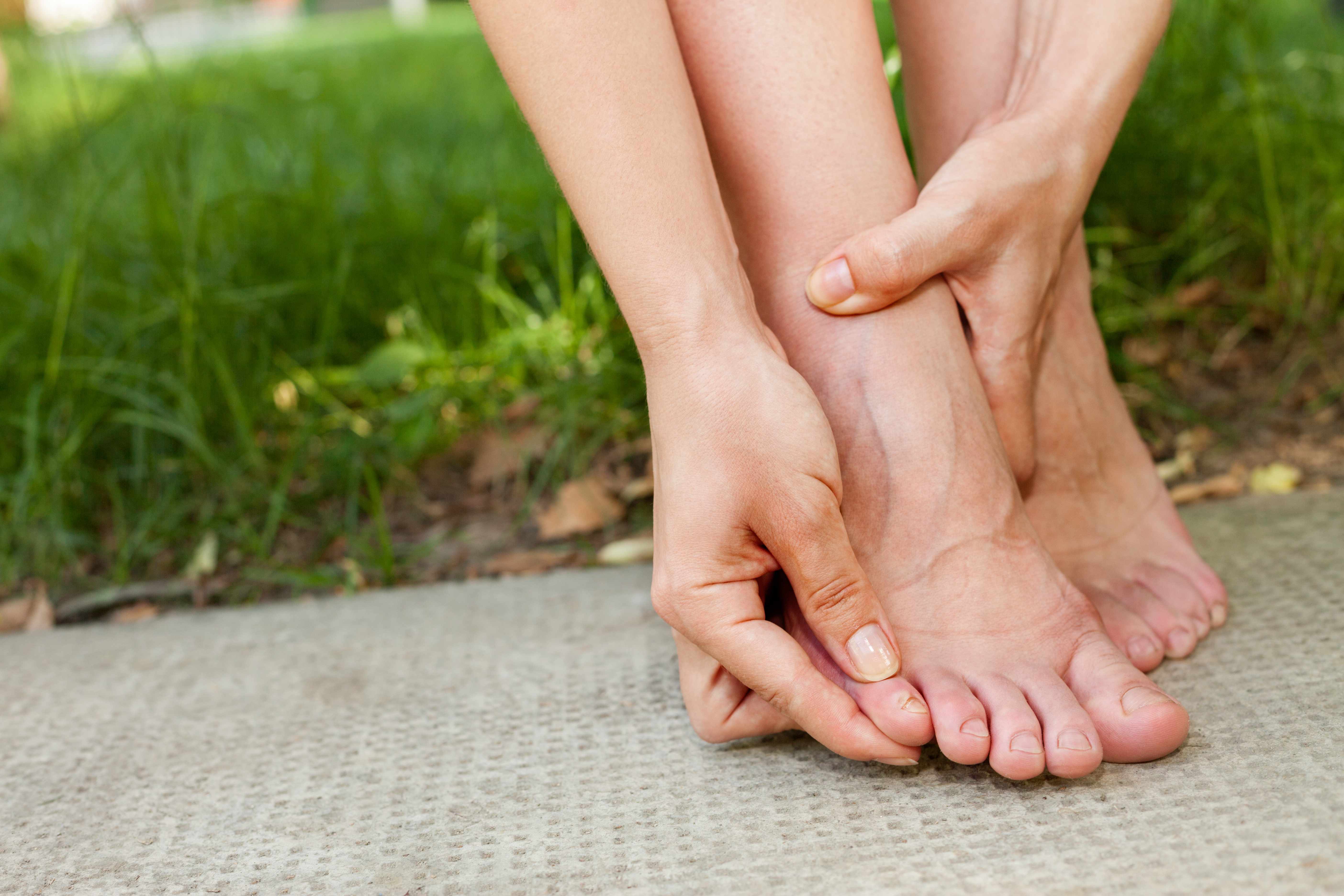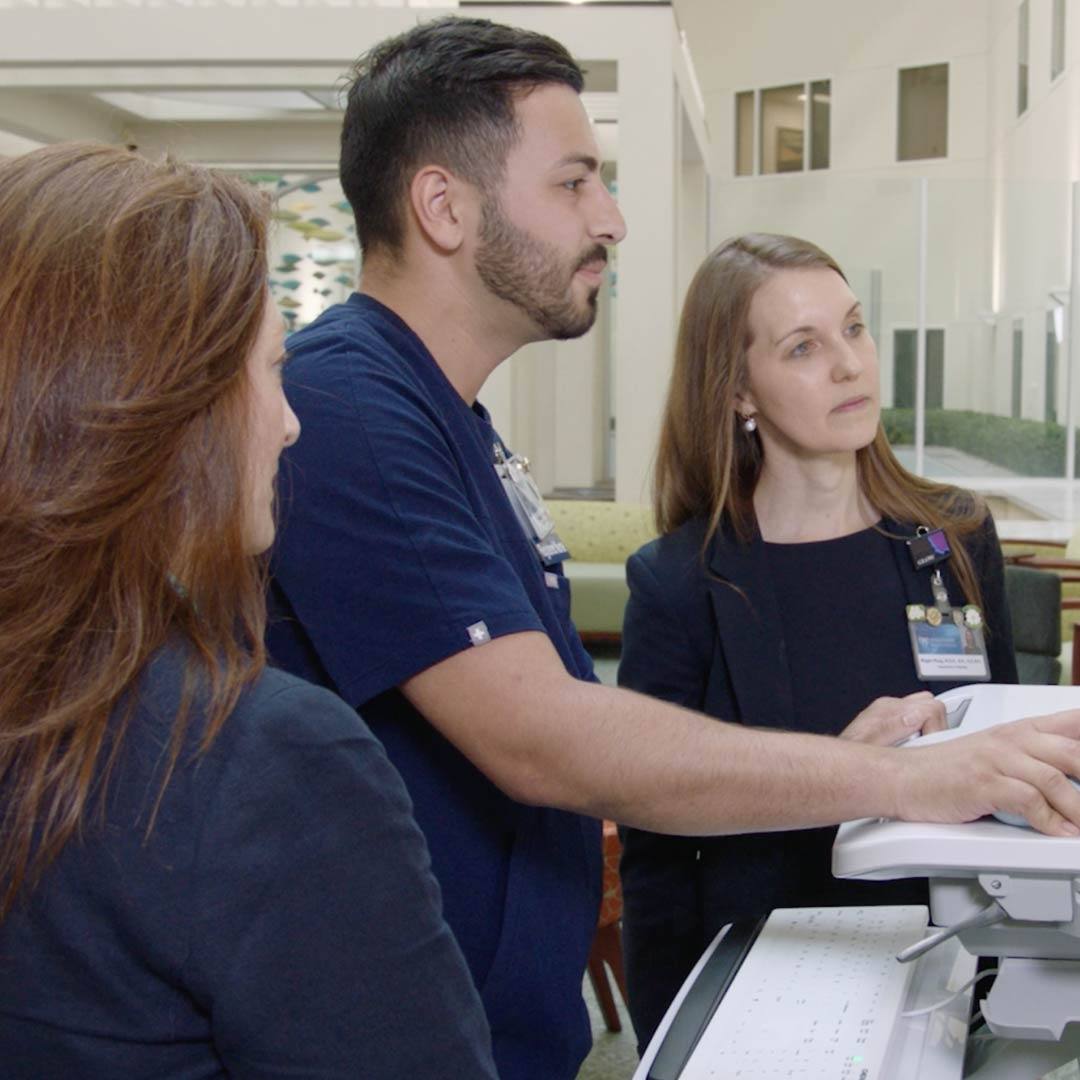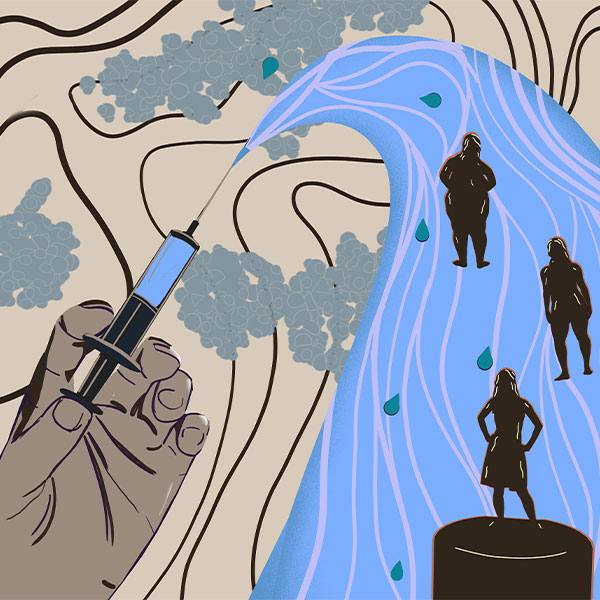-
Are there corn and callus remedies?

Corns and calluses are thick, hardened layers of skin that develop when your skin tries to protect itself against friction and pressure. They most often develop on the feet and toes or hands and fingers. Corns and calluses can be unsightly.
If you're healthy, you need treatment for corns and calluses only if they cause discomfort. For most people, simply eliminating the source of friction or pressure makes corns and calluses disappear.
If you have diabetes or another condition that causes poor blood flow to your feet, you're at greater risk of complications from corns and calluses. Seek your doctor's advice on proper care for corns and calluses if you have such a condition.
If you have no underlying health problems, try these suggestions to help clear up a corn or callus:
- Use over-the-counter pads. Apply a pad to protect the area where a corn or callus developed. Be careful using over-the-counter (nonprescription) liquid corn removers or medicated corn pads. These contain salicylic acid, which can irritate healthy skin and lead to infection, especially in people with diabetes or other conditions that cause poor blood flow.
- Soak your hands or feet. Soaking your hands or feet in warm, soapy water softens corns and calluses. This can make it easier to remove the thickened skin.
- Thin thickened skin. During or after bathing, rub a corn or callus with a pumice stone, nail file, emery board or washcloth to help remove a layer of toughened skin. Don't use a sharp object to trim the skin. Don't use a pumice stone if you have diabetes.
- Moisturize your skin. Apply moisturizer to your hands and feet to help keep the skin soft.
- Wear comfortable shoes and socks. Stick to well-fitting, cushioned shoes and socks until your corn or callus disappears.
Prevention
These approaches may help you prevent corns and calluses:
- Wear shoes that give your toes plenty of room. If you can't wiggle your toes, your shoes are too tight. Have a shoe shop stretch your shoes at any point that rubs or pinches.
- Use protective coverings. Wear felt pads, nonmedicated corn pads or bandages over areas that rub against your footwear. You can also try toe separators or some lamb's wool between your toes.
- Wear padded gloves when using hand tools. Or try padding your tool handles with cloth tape or covers.







